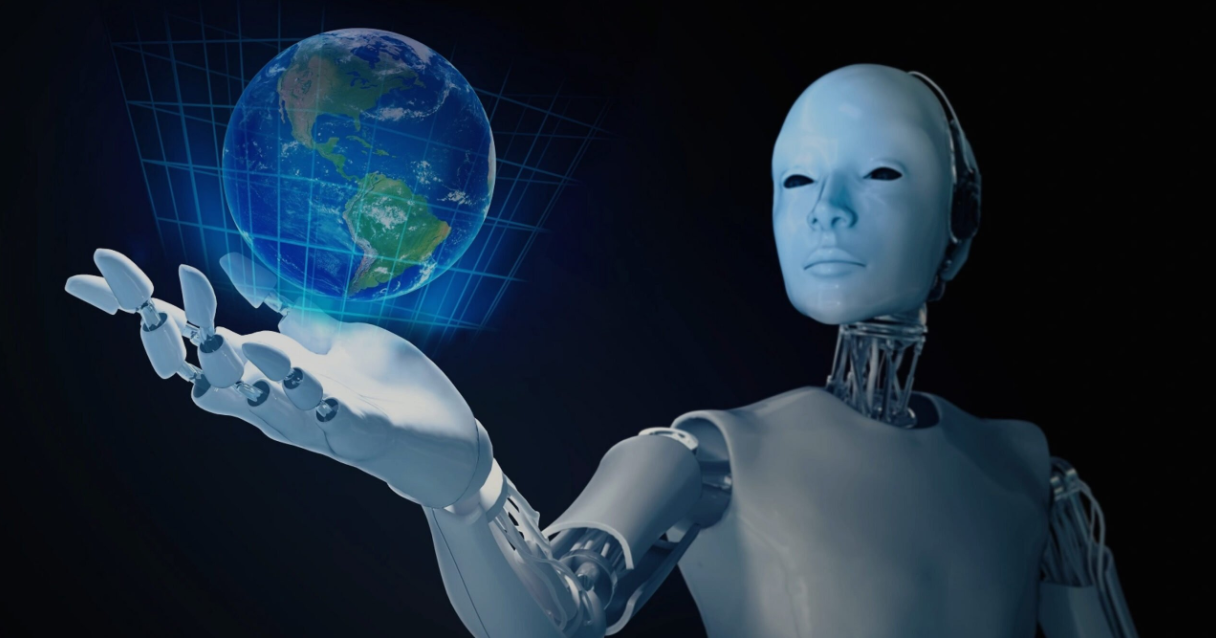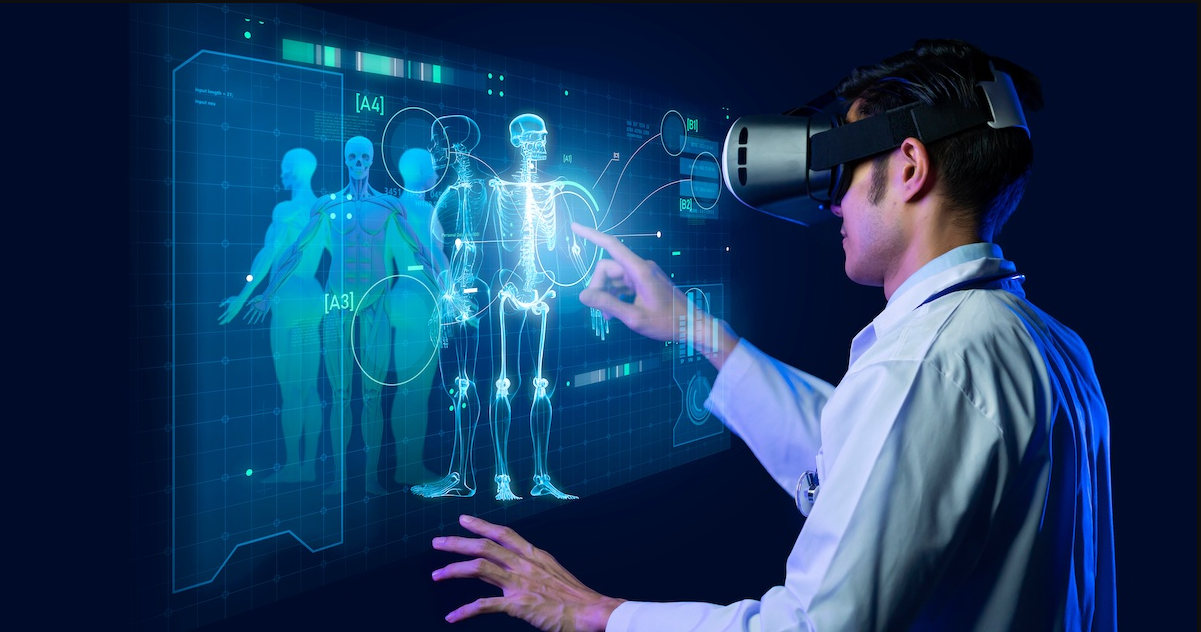Revolutionizing Healthcare: How AI and Big Data Are Transforming Patient Care
Both kinds of technology individually, but combined together now these technologies mean that patients can expect to have even more accurate diagnoses and treatments which are specially designed just for them– and the everyday operations of health services should be even more smoothly run!Big Data and AI technology are being integrated into medical care and promise to revolutionize our approach to treatment and the prevention of disease.
1. Enhancing Diagnostic Accuracy
Thanks to machine learning algorithms, medical images can now be analyzed with a level of accuracy that makes the old claim about tele-radiology seem inadequate. Machine vision algorithms have made it reasonably quick and painless for doctors on duty in more remote parts of town to get second opinions from specialists working late hours. And nowadays AI systems can pick up tiny changes in the pictures resulting from imaging scans that could signal early stages of diseases such as cancer. They also routinely out-perform human radiologists in accurate diagnosis of illnesses, leading to quicker interventions and improved patient outcomes.
One example comes from Google DeepMind. It has developed an AI that can diagnose over 50 types of eye disease with an accuracy rate almost on a par with the world’s leading specialists. The system analyses retinal scans and then recommends the appropriate treatment for conditions like diabetic retinopathy or age-related macular degeneration, potentially saving sight for millions worldwide.
2. Your Personalized Treatment
The key to customizing therapy for patients is Big Data. With the ability to aggregate and analyze information from diverse sources such as electronic health records (EHRs), genetic personal data and lifestyle details, medical professionals are able to tailor treatment plans specifically for what each individual needs. This concept, due to its precision nature, moves away from the traditional one-size-fits-all mode of treatment.
For Big Data in oncology, this means that your individual genetic cancer profile is covered in a detailed analysis which has already led to treatments targeted at the specific mutations. Now targeted therapies are predominant and they are both more effective and have fewer side effects than conventional chemotherapy.
Whether a particular user will respond favorably or not to a certain drug in the future could possibly be predicted from predictive modeling undertaken by AI and big data, based on their DNAs or past medical history records. This means better and safer treatments are more likely.
3. Efficiency of Health Care Operations With the help of AI and big data, health care operations in general become smoother.AI-supported predictive analytics for instance permit hospital managers to forecast patient admissions with higher accuracy, plan staff levels better and make more effective use of nursing time.Although the result of this is that the wait is shortened and health facilities are then able to handle the avalanche of patients at peak times.
For instance AI-driven scheduling tools can preempt the number of non-attendance patients and make the whole process of scheduling appointments more efficient. This has led to fewer missed appointments as well as better overall use of medical resources. On the other hand, AI chatbots and virtual assistants are increasingly being used within healthcare settings for mundane tasks (such as booking appointments and answering questions). This frees up healthcare staff to spend more time caring about patients.> 4. Challenges and Ethical Considerations
Although the benefits to healthcare of AI and big data are enormous, there are also challenges and ethical issues that have to be addressed. Foremost among these is the issue of science and technology making it much easier to violate privacy.
Health care data is some of the most sensitive information there is and at all times must be kept secure from both breaches or misuse, if people are to trust in these technologies
Secondly, addressing the potential for bias in AI algorithms now ways to achieve equal results. The AI system can perpetuate existing health disparities through being trained on biased data. At the policy level and in daily practice, this must be changed. We need to make sure that AI models are trained with varied and representative datasets in an effort not to fall into such problems again.
Conclusion
Integrated care chains, standard tumor staging and upgraded operating rooms are all ways AI and Big Data can become part of the healthcare picture. Both of these can make future medical treatment more accurate, efficient and convenient. The power of AI and Big Data will remain essential for healthcare to deeply engage with the transformative technologies these represent in future. But we have yet to fully realize just how significant an issue this is actually going on! The continuing evolution of health informatics holds out the promise to make healthcare more responsive to patients’ needs and, ultimately, results from a more global perspective.










